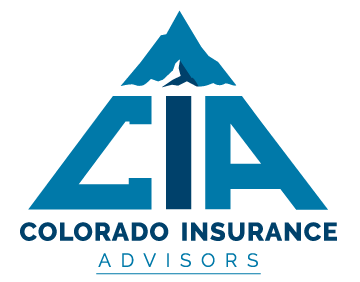If you ever have to make a jewelry claim with us because of damage or loss, the insurance carrier with ask for what's left - the remaining diamond earring or the broken watch - to sell to help provide credit against your claim.
During this process, an expert will examine the jewelry to determine its value. Unfortunately, however, too often clients discover in the process that what they had believed to be expensive jewelry was actually a clever fake.
How can you protect yourself?
- Before making any kind of purchase, research the jeweler. Look for unbiased online reviews from BBB, Yelp, Google, and other local search engines. While you will likely see a variety of emotional responses, any reviews indicating potential fraud or impropriety should be a red flag to stay away.
- Use caution when purchasing diamonds or other high value jewelry while vacationing from sellers that promise tax-free shopping and other discounts. There are no laws to protect consumers in many popular island and overseas destinations, which makes fraud pretty easy. Keep in mind that diamonds trade on the world market and their price is pretty much the same anywhere. If someone is willing to sell you a “$20,000 diamond” for $10,000, your best move is to walk away.
- Only purchase diamonds that are certified by the Gemological Institute of America (GIA) or the American Gem Society (AGS). (Diamonds less than a half-carat typically aren’t laboratory certified because of the cost involved.) Watch for certificates with similar names, such as Gemological Institutions of America or American Gemological Services, as well as official-looking certificates from “certified gemologist” gem labs.
If you would like help with an appraisal for your valuables from experts in the industry, contact us.
Posted on July 04, 2019
